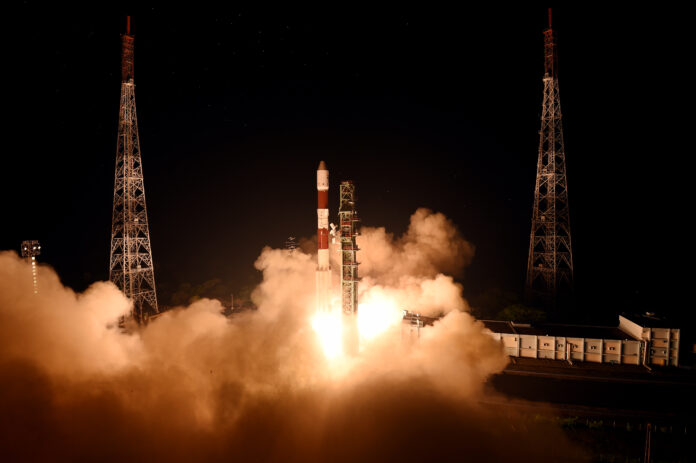A new feather in the crown of ISRO. At the beginning of the new year, the Indian Space Research Organization sent three satellites into Earth orbit.
ISRO’s PSLV-C52 rocket took off from the Satish Dhawan Space Center in Sriharikota, Andhra Pradesh at 5.59 am on Monday morning. According to the scientists’ plan, PSLV placed three satellites in the orbit. These include the Earth observation satellite ‘EOS-04’. Weighing about 1,800 kilograms, the satellite will send images from space to help scientists control agriculture, greening, tree planting, soil moisture, water exploration, and flood control.
On the same day, PSLV pressed into the orbit of INSPIRE-1 and two other relatively small artificial satellites named INS-2B, an Indo-Bhutan joint venture technology demonstrator satellite. The two satellites will study the dynamics of the ionosphere and the temperature of the solar crown.
The INS-2B satellite is a joint venture between India and Bhutan. This includes the installation of thermal imaging cameras, which will conduct day and night research on surface temperature, fluctuations in the water table, suitable environment for agriculture and greening, and thermal inertia.
The INSPIRE-1 satellite was built by students of the Indian Institute of Space Science and Technology (IIST). It weighs 6.1 kg. It consists of two connectors made by scientists, through which scientists will conduct research on the dynamics of the ionosphere and the temperature system.




